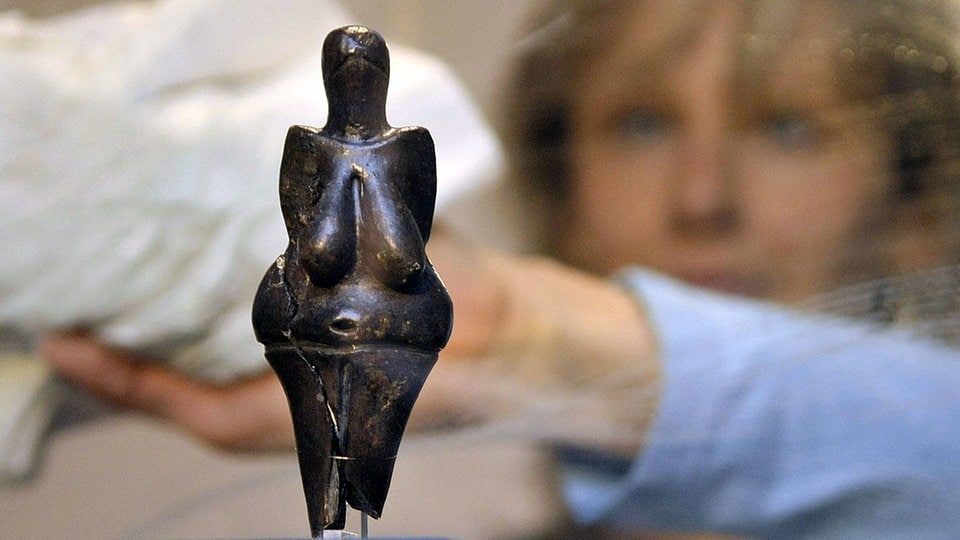More than 30,000 years ago, the first were carved, shaped and carved: female statuettes, so-called Venus figurines. Small figures, hardly bigger than a hand, made of horn, mammoth ivory, stone or clay, standing sculptures or those that were worn as amulets. The hand-sized female figurines that were widespread throughout the ice-free zones of Europe during the last ice ages (up to about 12,000 years ago) showed extremely curvy, mostly pregnant women. Today’s medicine speaks of obesity with such body shapes. So far, the curves of the figurines have been understood as symbols of fertility or beauty, or representations of a goddess. A research team in the USA is now saying that the dimensions of the figurines should be read and interpreted very differently than before.
–
Actually, Dr. Richard Johnson at the Medical Campus of the University of Colorado to obesity. Together with colleagues from anthropology, he has now examined and re-examined Venus figurines in a study. The research team concludes: The environment influenced the shapes of women, which in turn was reflected in the earliest figurative representations of humanity. According to Johnson, the keys to unraveling figurine shape are climate change and diet.
–
What kind of environment was that 40,000 years ago?
To do this, we have to look back about 40,000 years. It was then that early modern man came to Europe during a warming period: These people, now known as aurignacia, hunted reindeer, horses and mammoths, using spears with bone tips. In summer they lived on berries, fish, nuts and plants. But even then, the climate changed, temperatures dropped, ice sheets advanced.
–
A catastrophe for early modern humans, there were months with temperature drops to minus ten to minus 15 degrees Celsius. Lack of precipitation led to shortened plant growth phases. All this meant pure stress for the people of the Aurignac culture, not all of them coped with the climate change caused by the advancing ice sheets. Europe’s hunters and gatherers had to adapt to enormous environmental changes in order to survive, to cold and food shortages. Individual groups died out, others moved south, and still others fled to forests. The big game was chased over, people had to “switch” to rabbits or marmots as a source of meat. And it is precisely from this inhospitable phase that the rounded figurines come from, the oldest of them from a time 35,000 years ago.
–
What role did the figurines play in this?
According to US researcher Johnson and his team, the figures may have served as an ideal representation of viable women that was passed on from generation to generation. It seems that reproduction was the survival strategy of the tribes: the prerequisite for this were women who had enough fat reserves to survive pregnancies and who could feed babies for two winters in icy conditions. This was the only way for tribes to survive.
–
How was this investigated?
The researchers examined this using photos of around 50 figures. The proportions between shoulder and waist and waist and hips were measured in the figures. The measurements confirmed Johnson’s assumption: the closer the Venus figures were to the glacier, the thicker they became. So you could indirectly indicate climate change and changed living conditions. If Johnson had his way, science should work in an interdisciplinary manner much more frequently in the future. He believes: Perhaps in the future we will illuminate and interpret early finds in a completely different way and put the past in a different light.
–
– .


